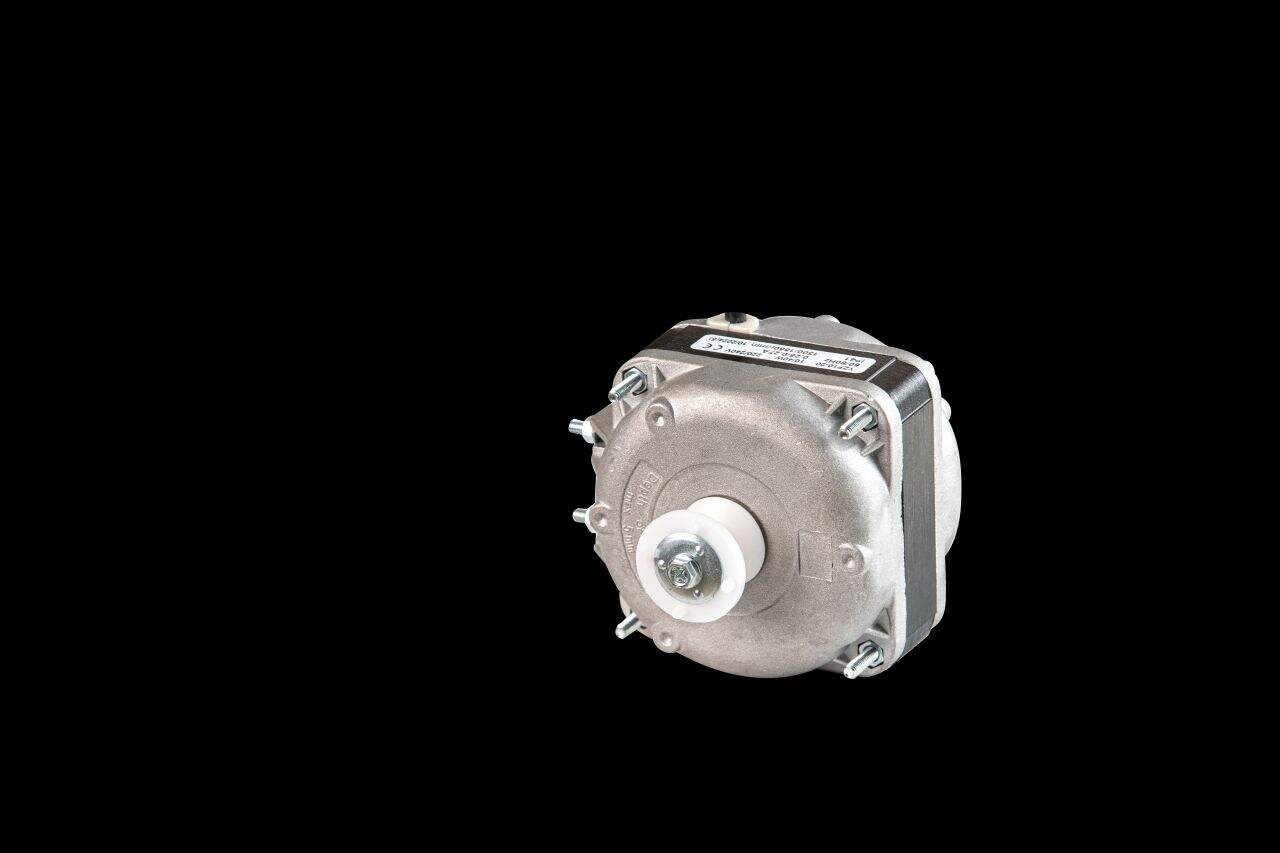Knowledge of the fundamentals of AC Asynchronous motors is of vital importance for those who wish to understand how machines work. AC induction motors are widely used in industrial to drive different machineries. These motors operate by producing a rotating magnetic field with electricity which causes a rotor to rotate and produce movement.
The difference between synchronous and asynchronous motorsIt can be a little confusing to understand what an AC asynchronous motor is and how they differ from an AC synchronous motor. Synchronous motors have a fixed speed which is determined by the frequency of the electrical power supply, while asynchronous motors have no fixed speed. This implies that AC asynchronous motors can be speed-controlled to suit whatever machine they drive.

AC asynchronous motors offers various advantages in industrial applications. These motors are proven to be dependable and long-lasting, which makes them an ideal choice for businesses that need a long-term solution. * For the AC asynchronous motors is also very energy-saving can save the cost of using.

Understanding how AC asynchronous motors work can be fun for those curious about the way technology operates. These engines have two components: stator and rotor. The stator is the stationary member of the motor that creates a rotating magnetic field and the rotor is the part that moves in response to the magnetic field to produce the motion.

How to Keep and Repair AC Asynchronous Motors in Mechanical Equipment It is important for mechanical equipment to Learn to Maintain and Troubleshoot AC asynchronous motors. Simple things like looking for wear and tear are essential for helping to avoid untimely breakdowns. If something does go wrong, make sure you have a professional technician diagnose the issue to get it resolved as soon as possible.